Unleashing Creativity: How AI is Transforming the Art and Entertainment Industries
In recent years, artificial intelligence (AI) has emerged as a powerful catalyst for change, influencing nearly every aspect of our lives. Its impact is particularly profound in the art and entertainment industries, where it is fostering innovation, redefining boundaries, and expanding creative possibilities. From algorithm-generated music to AI-assisted visual art, the ways in which technology augments human creativity are transforming what it means to create, consume, and appreciate art and entertainment.
The Collaborative Canvas: AI as a Creative Partner
One of the most intriguing aspects of AI in the art world is its role as a collaborator rather than a competitor. AI-powered tools enable artists to explore new ideas and techniques, offering suggestions that artists might never have considered. For instance, platforms like DALL-E and Midjourney allow visual artists to generate images from textual prompts, combining the artist’s vision with the power of machine learning. This process not only inspires originality but also amplifies productivity, enabling artists to iterate quickly and push their creative boundaries.
In the realm of music, AI tools such as OpenAI’s MuseNet and Google’s Magenta are changing the way musicians compose. These AI systems can analyze vast datasets of musical compositions, identify patterns, and even generate original melodies, harmonies, and lyrics. By serving as a co-creator, AI helps musicians break creative blocks and experiment with new genres. The collaboration between human musicians and AI is resulting in a rich tapestry of sounds that may have never existed otherwise.
Tailored Experiences: Personalization and Audience Engagement
AI’s capability for data analysis allows it to customize and enhance audience experiences in unprecedented ways. Streaming platforms like Spotify and Netflix have invested heavily in AI algorithms to analyze user preferences and engagement patterns. This technology curates personalized playlists, movie recommendations, and immersive experiences, ensuring that audiences receive content that resonates with their tastes and interests.
Moreover, AI in the entertainment industry can also predict trends and inform creators about what might resonate with audiences. For example, predictive analytics can assist filmmakers in understanding potential box office performance, guiding them on aspects such as casting and marketing strategies. This fusion of creativity and analytics is enabling the industry to cater to an increasingly discerning audience, fostering deeper connections between creators and consumers.
Virtual Reality and Augmented Reality: New Dimensions of Creativity
The intersection of AI with virtual reality (VR) and augmented reality (AR) is opening new dimensions of interactive storytelling and immersive experiences. Artists and designers are using AI to create dynamic environments that adapt to user interactions in real-time. In immersive theater, for instance, AI can respond to audience movements, creating a unique narrative experience for each viewer. This represents a shift away from passive consumption towards active participation, where audiences become co-creators of the experience.
Additionally, AI-generated characters and virtual influencers are redefining the concept of stardom. Digital personas like Lil Miquela and Shudu, created entirely through algorithms and CGI, are captivating audiences and challenging traditional notions of identity and celebrity. These digital figures can engage with fans on social media, participate in marketing campaigns, and even perform, blurring the lines between reality and fiction.
Ethical Considerations and Challenges
The rise of AI in creative industries is not without its challenges and ethical considerations. Issues surrounding copyright, ownership, and authenticity are at the forefront of discussions in the art world. When a machine generates a piece of art or music, questions arise: Who owns the copyright? What constitutes original creation? The legal systems around the globe are grappling with how to adapt to these new realities, and the resolution of these issues will significantly shape the future of AI in the arts.
Moreover, there is concern about the potential for AI to homogenize creativity, as algorithms often rely on existing datasets to generate new content. Critics argue that this reliance may lead to a dilution of originality, raising fears of a future where human creativity is overshadowed by machine-generated outputs. As artists increasingly engage with AI, finding a balance between innovation and preservation of the human touch remains an ongoing challenge.
Conclusion: A New Era of Creativity
AI is undeniably reshaping the art and entertainment industries, creating a new era where technology and human creativity coexist as partners. This transformation heralds exciting possibilities and uncharted territories for artists and audiences alike. By leveraging AI, creators can enhance their imaginative capabilities, while consumers enjoy more personalized and engaging experiences.
As we navigate this evolving landscape, it is essential to embrace the potential of AI while remaining vigilant about its ethical implications. By thoughtfully integrating AI into the creative process, we can harness its power to inspire a more diverse, inclusive, and innovative future in art and entertainment. The age of AI is upon us, and it promises to unleash a creativity that is boundless and transcendent—inviting us to explore the art of the possible.
[modern_footnote_source_link]








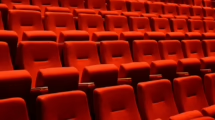
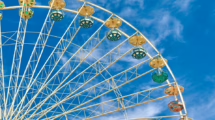




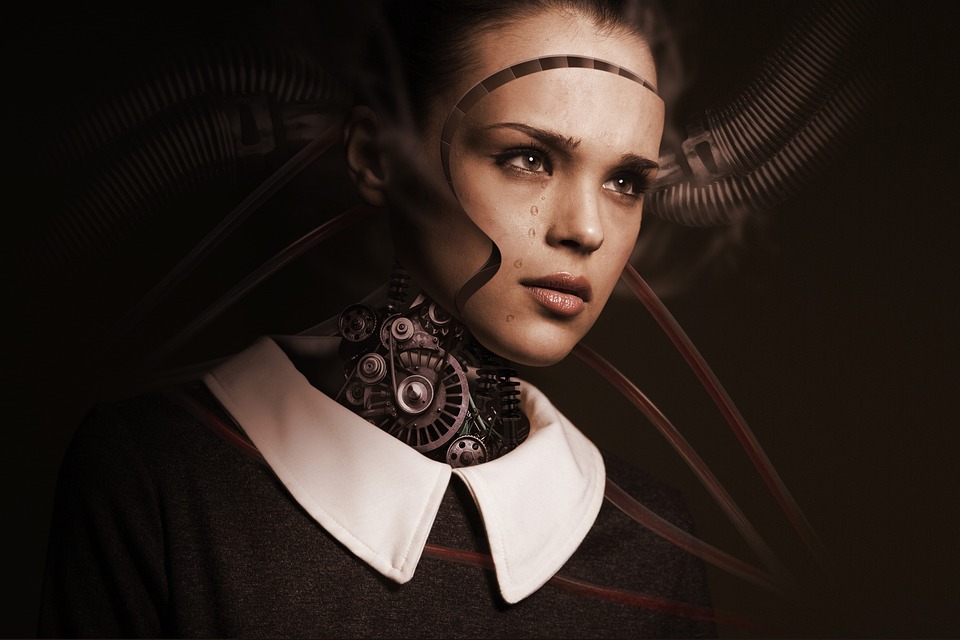

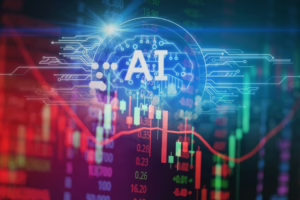


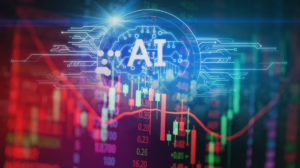





Add Comment